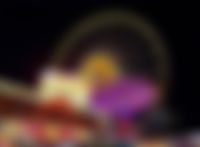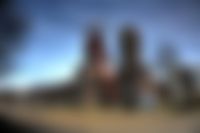Upcoming Event
Cranger Kirmes
Every first Friday of August, every year.

Cranger Kirmes in Herne stands out with the 500-odd showmen and their roller coasters, ghost trains, games, and curios spread out over an 111,000-square-meter space. Originally founded in the 15th century as a horse market, Cranger Kirmes soon evolved into an entertainment event replete with jugglers and magicians. Today, the colorful funfair welcomes about 4 million visitors over 10 days starting the first Friday of August.





